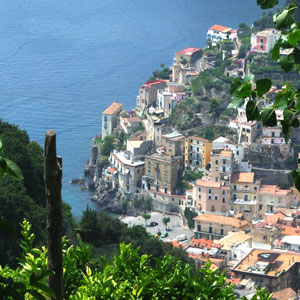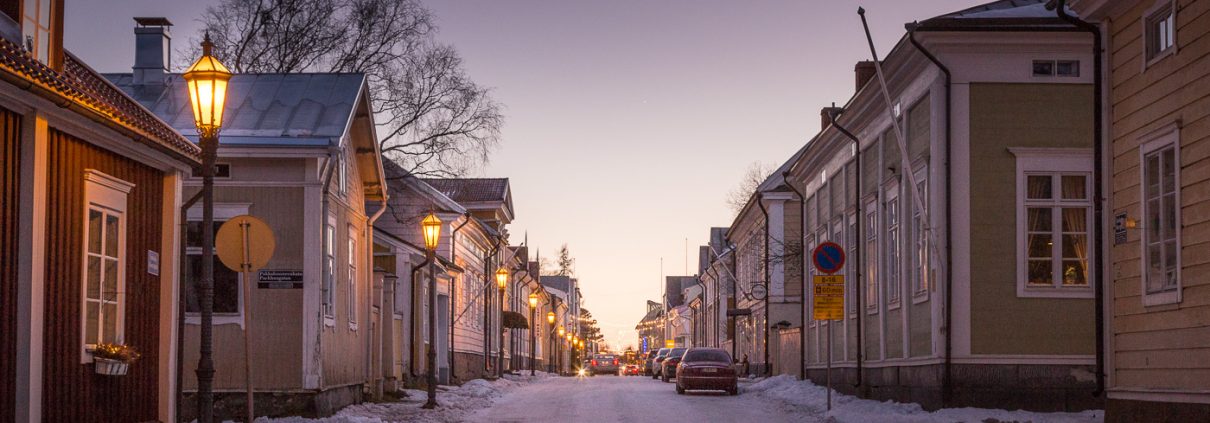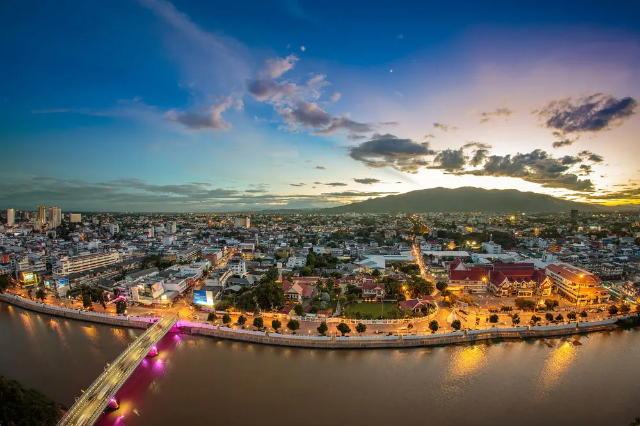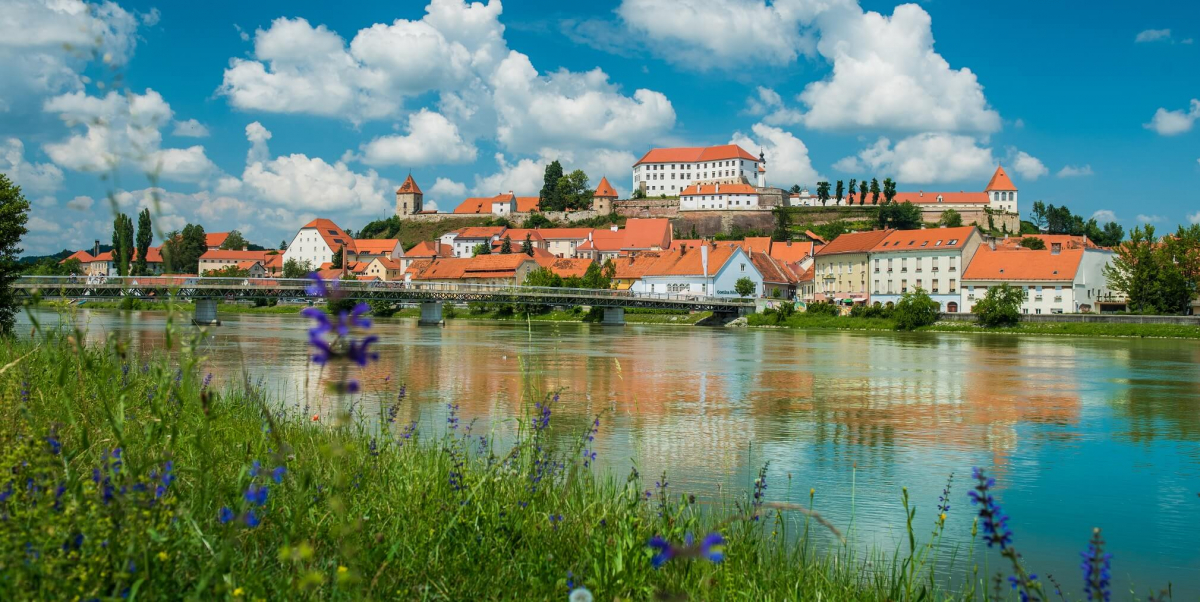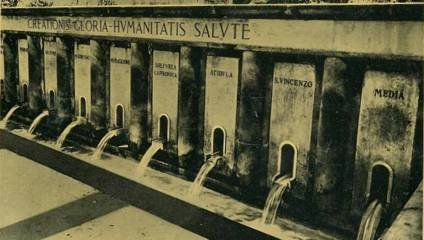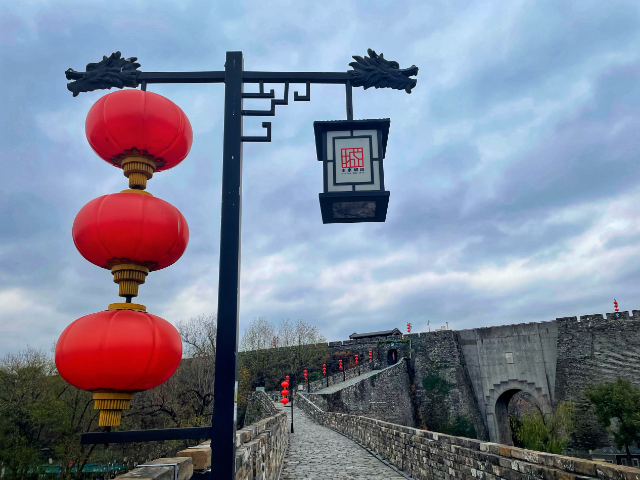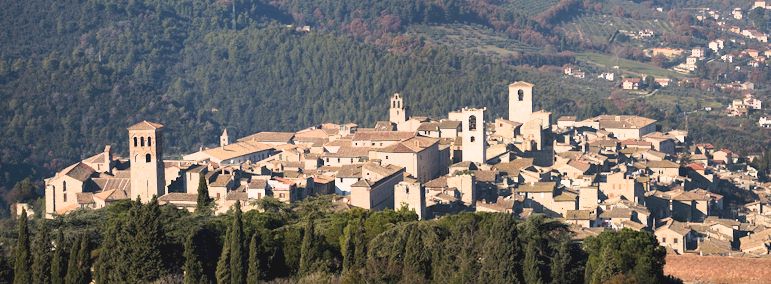Minori is nestled at the foot of the Lattari Mountains. According to tradition, pasta was born here. The ingredients are all there: the sun, just the right amount of humidity for drying the dough, and a skillful as well as skillful use of manual skill, passed down from generation to generation. Also traditional are the terraced cultivation of lemons, which provide the raw material for the delicious Amalfi Coast Limoncello, and papermaking (the old paper mills are still preserved).
Strolling through the streets of the center and getting lost in the interwoven alleys is a pleasant holiday interlude.
Minori is very rich in monuments, first and foremost of course the religious ones. The itinerary cannot fail to start from the Archconfraternity of the Blessed Sacrament, a single-room building that houses a wooden choir and a marble altar from the 1700s. Impressive is the Basilica of Santa Trofimena, which holds the mortal remains of the Saint, the city’s patron saint. The typically 18th-century temple was rebuilt from the foundations on the remains of an ancient Romanesque church. On the main altar can be admired the "Crucifixion," attributed to Marco Pino da Siena, an important exponent of Italian Mannerist culture. Several chapels open into the two naves; inside one of them is a painting of Our Lady of the Rosary, one of the earliest examples of Marian worship on the coast. The three-aisled crypt, restored in the 1700s, has an alabaster urn sculpted in 1772 by the Neapolitan marble worker Ragozzino on the altar, where the Saint’s relics are kept.
The Church of St. Lucy, on the other hand, dates back to the 10th century. On the altar is a 16th-century wooden altarpiece of Spanish setting, with statues of St. Lucy, St. Apollonia and St. Agatha.
The Church of St. Gennaro most likely represents the oldest religious settlement: its origins date back to the 8th century. Important inside is the wooden throne, at the center of which is the aedicule with the statue of St. Gennaro. Recent excavations have unearthed Romanesque forms and capitals, incorporated in past centuries into Baroque wall casings. Adjacent to S. Gennaro is the Oratory of S. Maria delle Grazie, which houses an interesting 18th-century painting.
The Church of St. Michael, on the other hand, features decorations on paper made in the late 1800s by a number of painters who drew on Pre-Raphaelite culture. Hence the repetition of Byzantine patterns. On the right side is a 17th-century painting of St. Peter of Alcantara, on the opposite side an Immaculate Conception datable to the same period. Finally, looking up to the sky, the beauty of the 11th-century Campanile dell’Annunziata is striking. Nestled among lemon groves and vineyards, the bell tower features bichromatic inlaid masonry decorations, traceable to the Arab-Norman era.
Still on the subject of popular devotion, it should by no means be forgotten that Minori can rightly be considered the Salerno capital of the rites of Holy Week. Very beautiful, touching and participated in is the procession of the Battenti that takes place on the evening of Passion Friday, attracting visitors from all over the province. For the past few years, through the work of the local Center for Culture and History "Pompeo Troiano," an important cultural event has been held, a conference attended by university professors and important members of the ecclesial world. The rites of Holy Week in Minori have been recognized as patrimony of the Ministry of Cultural Heritage and Activities, and the municipality, in collaboration with the Ministry, has already started the paperwork for the recognition of this event among UNESCO’s intangible heritage.
But Minori is justly famous for an impressive settlement from the imperial era that attracts thousands of visitors annually. The remains of the Roman Maritime Villa, dating back to the first century AD, stand on the far edge of Minori’s seafront in the direction of Amalfi. The name of the gentleman who had it built is unknown: he was certainly a person of considerable financial means and high cultural standing and taste, given the design choice of the complex and its decorative apparatus. Built at sea level, on its lower floor the villa encloses between the wings of the portico a viridarium, at the center of which is a basin, in axis with the large, monumental, opening to the sea and with the most important room on the floor, the great triclinioninpheus on whose sides symmetrically the entire first floor is developed. The suspensurae of a heated room and fragments of floor mosaics make it possible to identify rooms on the upper floor as well, totally destroyed, however, by later renovations. The Villa in fact has had several restorations and remodeling. In the 3rd century was the rebuilding of the triclinium with the addition of masonry counters and mosaic and the partial renewal of the pictorial decoration. In still later times, it is assumed, some of the rooms were reduced by partitions.
